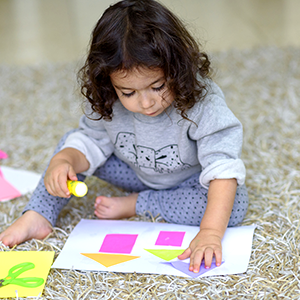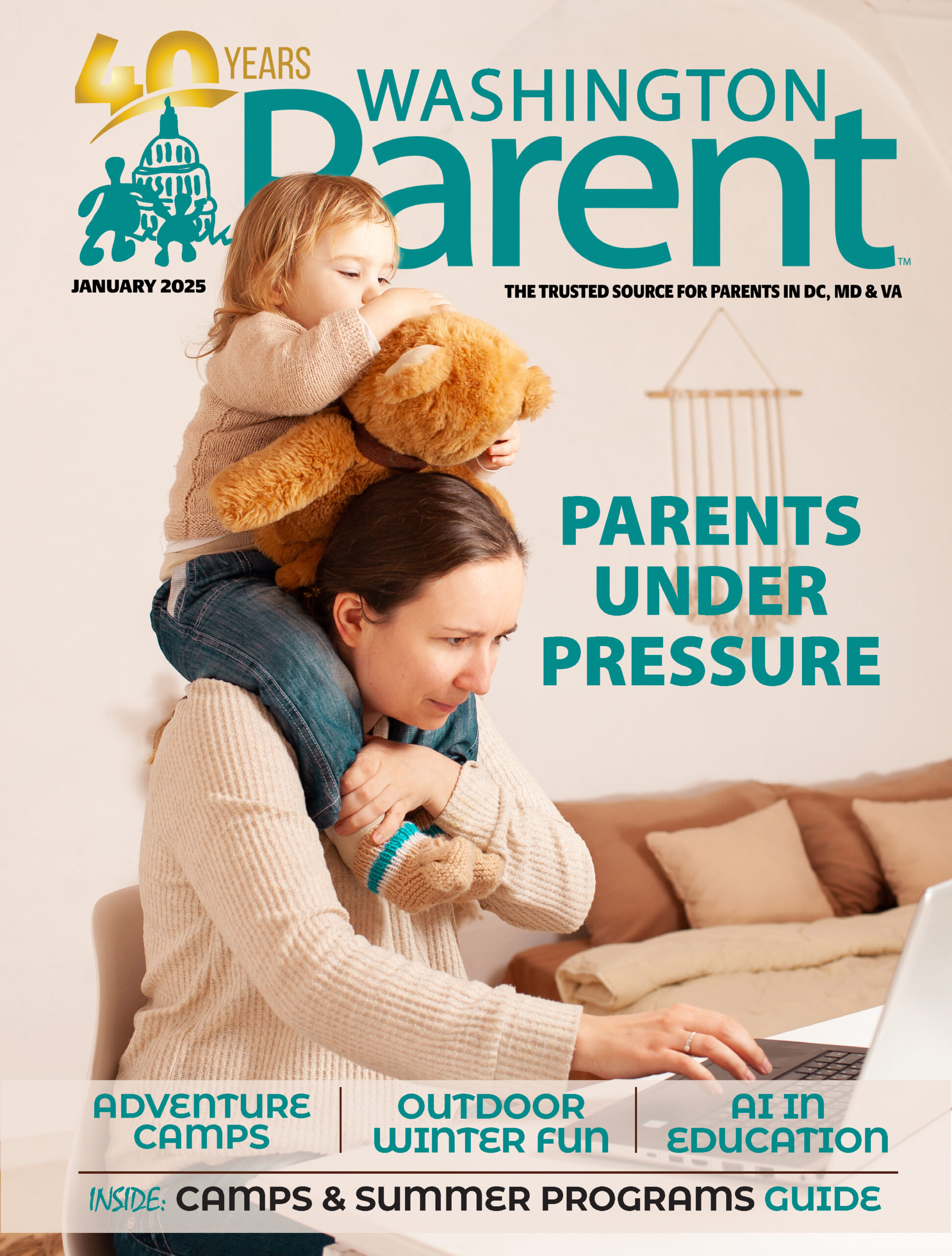In a highly competitive world that places a huge premium on easily-measured
achievements, creative arts are sometimes considered an extra for which
there is not enough time or money. However, experts believe that this
thinking is dated since research indicates that the arts are every bit as
beneficial to brain development and learning as traditional academics.
The Benefits of Childhood Exposure to the Arts:
Enhanced Development, Academic Performance and Self-Confidence:
Teachers have always intuitively known that the arts increase academic
performance, behavior and attendance. Recent brain research confirms that
the arts boost memory, intellectual curiosity and self-esteem. In its
study, “Champions of Change: The Impact of the Arts on Learning,” the Arts
Education Partnership says, “When well taught, the arts provide young
people with authentic learning experiences that engage their minds, hearts
and bodies and nurtures the development of cognitive, social and personal
competencies.”
Diverse, Highly Valued Skills That Contribute to Future Success:
There’s often an assumption that a significant investment in the arts is a
financial loss. Sure, it’s nice to have an artistic child, but having a
successful, employable child has to be the real goal. Fortunately, it is
possible to have all three, because exposure to the arts develops the
skills that will be highly valued in the future. The evolving workplace
rewards creative thinkers who can generate innovative and original ideas in
a variety of media.Better still, in a global world that is becoming more diverse, exposure to
the arts helps children appreciate different points of view. Famed Broadway
composer Stephan Swartz explains, “The arts are about increasing sympathy,
increasing in people the ability to see things from other people’s point of
view and understanding that the world is not just from your own narrow
perspectives, but from the perspective of people from other cultures.”Yet, while the arts open a world of possibilities to a child, they also
give him a greater sense of himself. While enjoying artistic experiences,
children are stripped of pretenses and self-consciousness. As a result,
they develop an awareness of, and appreciation for, their unique
individualities.
Easy, Inexpensive Ways to Incorporate the Arts Into Your Child’s
Life:
Exposing a child to the arts need not be time-consuming, difficult or
expensive. Most communities offer enhancement programs at recreation
centers, libraries, museums or performing arts centers at little or no
cost. It is also very easy to reinforce concepts at home. Here are
different types of creative arts that children enjoy, the benefits that
each provides and suggestions for how to incorporate them at home:- Music:
Listening, singing and playing music has an undeniable effect on reasoning,
language, math and social behavior. Exposure to music can actually form
new, permanent connections in a child’s brain. Aimee Carter, the owner of
Delightful Sounds, teaches music to children with developmental delays. She
says that all of her music students experience substantial developmental,
emotional and social gains. Music director Tom Tietjen says that his music
students enjoy greater self-awareness, cooperation skills and an
appreciation of different cultures.Parents can easily play or make music at home, but don’t be afraid to take
your child to the symphony. Many offer child-friendly matinees and
instrument “petting zoos” that expose a child to different instruments and
sounds. It’s fun to watch a child’s reaction when she instinctively
gravitates toward an instrument. - Creative Drama
can include dramatic role-play, story enactment or viewing live theater.
Such exposure enhances a child’s imagination, builds his self-confidence
and improves memory and reading skills. Drama students also learn to
comfortably express their emotions in a group setting, a skill that becomes
important as they approach adulthood.At home, encourage pretend play. Many kids instinctively act out their
favorite stories. Consider a family talent show to allow even shy children
to shine in the safety of their own home. Check out local theater offerings
that are specifically for kids. - Visual Arts:
Exposure to painting, drawing, sculpture, photography and architecture help
develop a child’s fine motor and critical thinking skills. Artist and
teacher Virginia Larrea-LaTourrette sees improvements in her students’
self-discipline, organizational skills and self-esteem. She says that art
can make academic subjects (particularly geometry) more accessible:
“Children learn that art is connected with all learning so even boring
subjects can be fun.”It’s easy to encourage the visual arts at home because kids love to draw,
sculpt and build. Allow kids to use an old phone to take photographs and
then choose one for framing. Look for family nights at your local museum
and ask your child to describe what she likes about her favorite pieces. - Literary Arts:
Exposure to and creating written works, poetry and narratives encourage
self-exploration and intellectual curiosity. Despite geographic or
socioeconomic barriers, literature can teach kids to appreciate the
opinions and differences of others while also recognizing and honoring
their own abilities and backgrounds.Literary reading is in a steep decline, with the most dramatic drop-off
happening in the youngest age groups. Consider reading the classics as a
family. “Swiss Family Robinson,” “Through the Looking Glass,” “Treasure
Island” and “Little Women” are popular choices. Know that many
publishers offer classic stories with age-appropriate text. Another option
is poetry written specifically for children. Encourage your kids to write
their own stories and poems.With all of the offerings and choices available, consider incorporating the
arts into your family’s daily routine. Even if your child does not become
the next Shakespeare, Mozart or Picasso, these small and easy efforts yield
substantial benefits.
Here are some virtual resources to help introduce or enhance your child’s
exposure to the creative arts:
Language / Dramatic Arts:
- E-learning for kids
has an extensive archive of activities to expose children to literature
with sections on literary devices, poetry, drama and prose. - Storyline Online
has a huge collection of videos that feature celebrities and teachers
reading or acting out popular stories and books. Examples are Kevin
Costner’s wonderful reading of “Catching the Moon” or Lily Tomlin’s take on
“Hey, That’s My Monster.”
Visual Arts:
- Artsology
uses fun games and activities to expose children of all ages to the visual arts, music, literature and dance. - Kidsite.com’s Approved Art Site List
offers many fun art-related activities broken down by category. - Kinder Art
features artistic lessons which are popular with children of all abilities. Lessons are offered by medium or technique.
Music:
- Baby Mozart
offers an opportunity for all ages to listen to tracks by different classical composers like Tchaikovsky, Mozart, Bach and Beethoven. - Classics For Kids
gives kids the ability to listen to (and learn about) classical music. - San Francisco Symphony’s Fun and Games with Music
teaches children about different types of music and instruments in a fun, gaming format.


